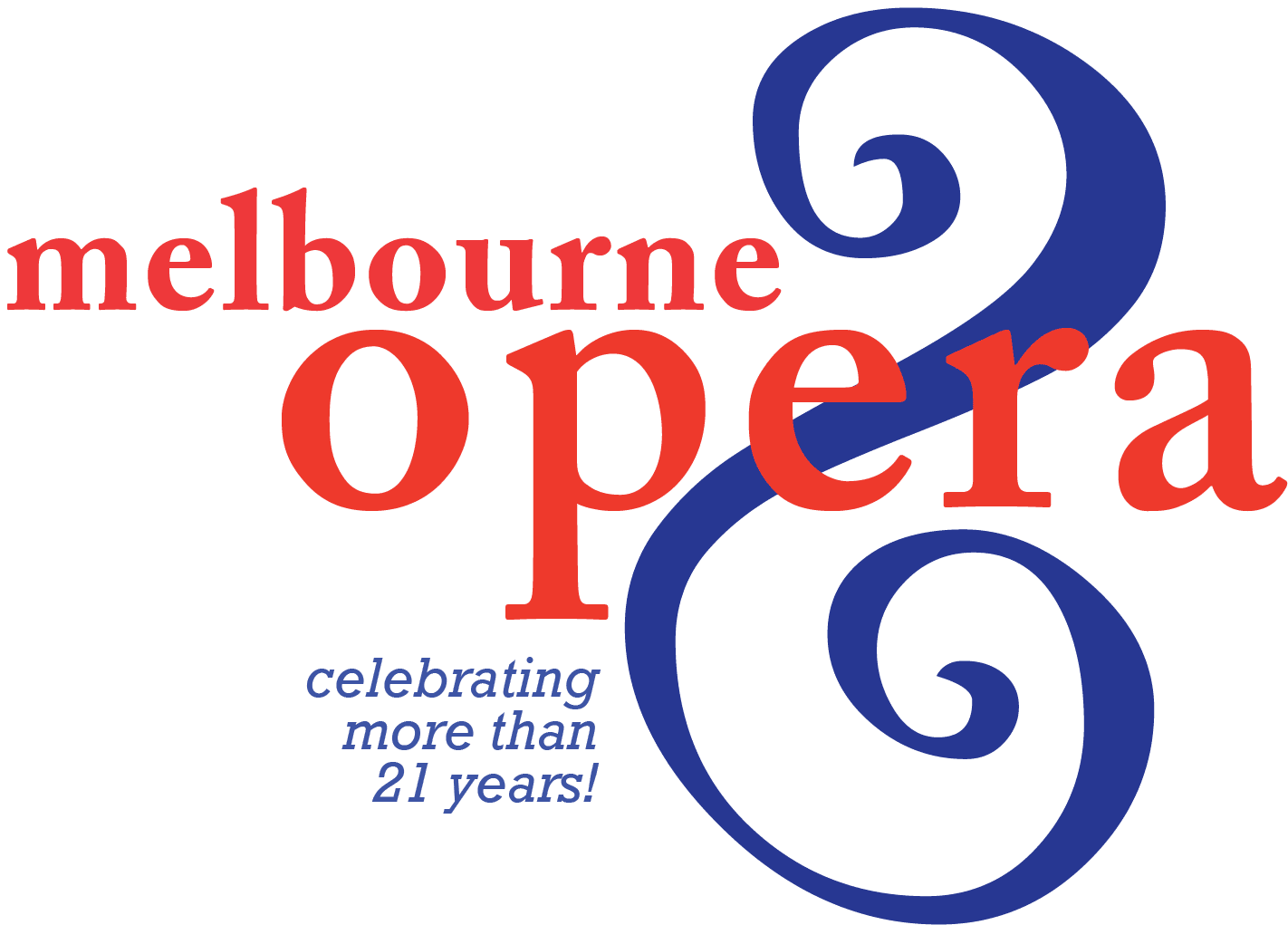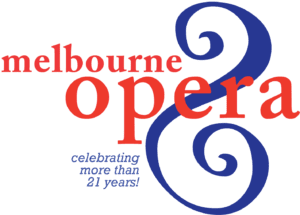AUSTRALIA
Melbourne
By Michael Shmith
for Opera Magazine
Lucia di Lammermoor is especially cherished in Australia, and not merely because the title role happened to be a specialty of Nellie Melba and Joan Sutherland. ln fact, Donizetti’s opera reaches so far back into colonial history (its first Australian performance, in Sydney in 1855, was just 20 years after itspremiere in Naples) that somehow Lucia has always seemed to be around. Its latest manifestation, in a handsome new production by Suzanne Chaundy for MELBOURNE OPERA, fitted snugly onto the pocket-size stage of the ATHENAEUM THEATRE. In the process, the opera gained more in focus than itwould in more capacious surroundings. lt also enabled more meaningful performances from all concerned, most significantly the Lucia of Elena Xanthoudakis.
Lucia is a natural progression for this company, which celebrates its 21st birthday this year. Over this relatively short period, Melbourne Opera has forged a substantial bel canto reputation, especially in Donizetti, with productions of Roberto Devereux, Anna Bolena, Maria Stuarda and Lucrezia Borgia to its credit.
I attended the final Lucia performance (May 18). A few vocal blemishes apart, all was as it should be, with sustained dramatic and musical pulse that forged the action onwards, always with respect for Donizetti’s peerless lines. Balance between stage and pit, even in the most crowded scenes, was ideallyachieved. The MO orchestra, under the company’s head of music, Raymond Lawrence, produced some beautiful playing. with lustrous upper strings, warm woodwinds and sterling brass – a special mention for the principal flute, Vicki Stanko, in her Mad Scene obbligato. The MO chorus, too, gave of its best.
Chaundy’s production slightly updated the action, to the mid 1850s. As she said in a programme note, family is at the heart of the work, and she certainly emphasized the rabid dysfunctionality that lurks within the Ashton and Ravenswood clans. Lucia is often treated too grandly, but Chaundy never lost sight of the fact that the opera is essentially a series of conversational confrontations – between church and state as much as individuals. This was complementedby Dale Ferguson’s simple but ingenious set, with austere images of Gothic masonry and occasional formal daguerreotype-portraits, and the stage kept clear apart from some isolated pieces of furniture. The spartan mood was maintained by Peter Amesbury’s effective lighting and Harriet Oxley’s autumnal-hued costumes.
Xanthoudakis was outstanding; her voice, strong, lyrical, febrile, caught not only Lucia’s initial romanticism, but her inner determination and burgeoning hintsof fragility as she headed towards the abyss. There was also something in her eyes that illuminated her performance from within, not only in her blood-and-dagger scene, but earlier, in her pivotal encounters with Edgardo and with her brother, Enrico. The former was sung well and ardently by Henry Choo, the latter with glowing and glowering intensity by Simon Meadows. .
Just as important a performance came from the company veteran Eddie Muliaumaseali’i as the chaplain Raimondo. His imposing presence andmature bass transformed a character who is normally a Calvinistic bore into someone far nobler, especially in the ensemble passages. Smaller roles were equally distinguished: Robert Macfarlane made the most of Lucia’s hapless groom, Arturo; Sarah Sweeting was empathetic as Lucia’s maid andconfidante, Alisa; and Boyd Owen was an effective Normanno.
For a company that receives no government funding and relies entirely on box-office and private support, Melbourne Opera has nevertheless established itself a vital continuing presence in the city’s cultural life. In contrast, the country’s largest performing arts company, OPERA AUSTRALIA, which lastyear received almost A$25m in government funding, has steadily become less of a cultural presence in Melbourne. Partly this issue to its principal Melbourne venue, the State Theatre, being closed for refurbishments. The company is also in a delicate financial position (in May it posted a A$49m loss).

